Cards In This Set
| Front | Back |
|
Maxilla  |
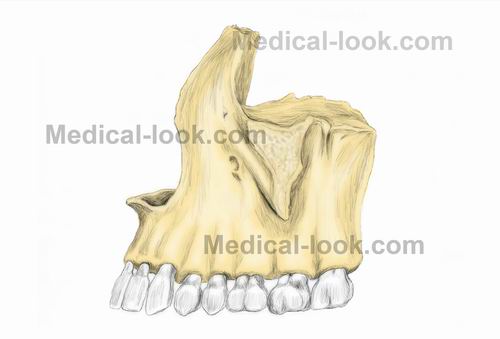 These bones join together at the center in order to form the upper jaw and provide structure for the upper teeth. The alveolar process is part of each individual maxilla, which anchors the molars, pre-molars, incisors, and cuspids. |
|
Maxilla (Locate on skull) |
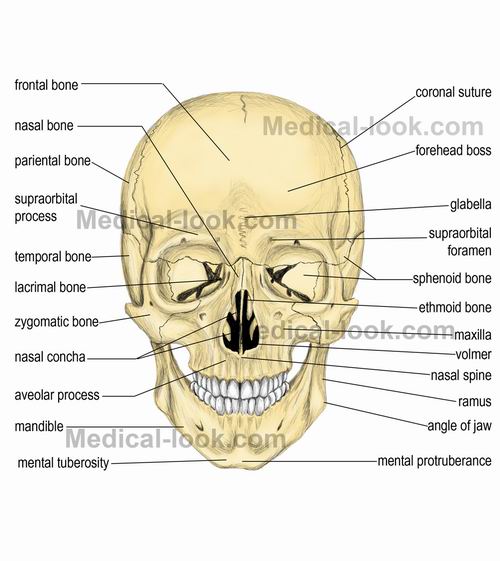 A |
|
Palatine Bones |
 These bones are responsible for contributing to the shape of the rear third of the roof of the mouth, a portion of the orbits, as well as a portion of the nasal cavity. The hard palate is made up in part by the horizontal plates of the palatine bone. |
|
Zygomatic Bone |
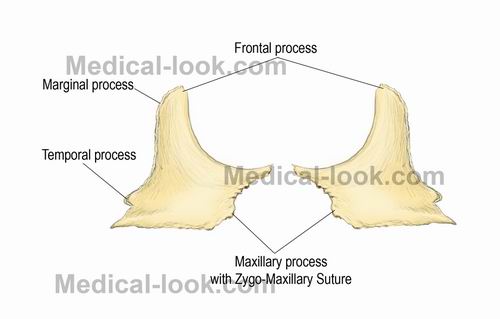 Are commonly called the cheekbones, and they are responsible for forming the lateral contour of the facial structure. |
|
Zygomatic Bone (Locate on skull) |
 A |
|
Lacrimal Bone
|
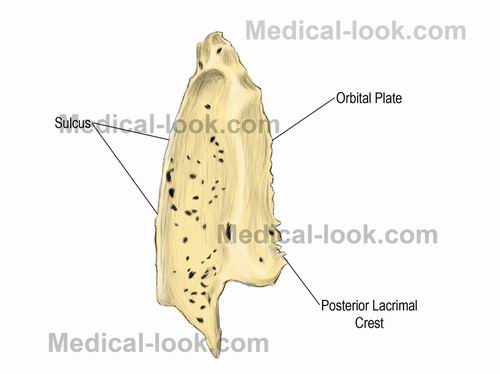 These bones are thin bones that form the anterior portion of the medial walls of the individual orbits. These bones serve as structural additions for the eye sockets. The tiniest of all the facial bones, each individual bone contains a groove that assists in forming the nasolacrimal canal. |
|
Lacrimal Bone (Locate on skull) |
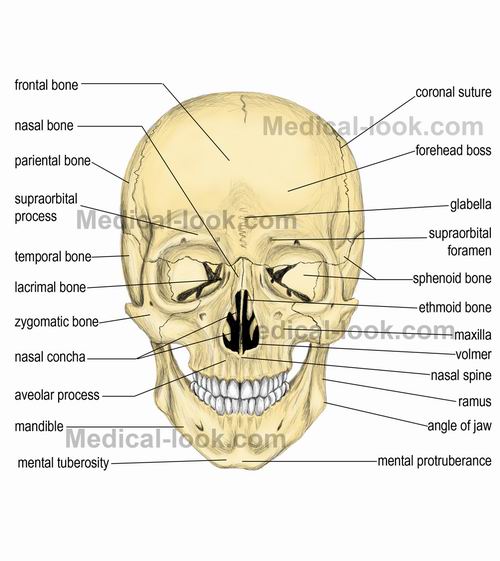 A |
|
Nasal Bones
|
 At the midline, in nearly the center of the facial structure, a small triangular formation of bones forms the basic structure for the nose. The bones do not extend fully forward, as most of the nose is constructed from cartilage, however this bone formation lays the foundation for the cartilage to extend from as well as forms a solid structured opening to allow for an airway. |
|
Nasal Bones (Locate on skull) |
 A |
|
Vomer
|
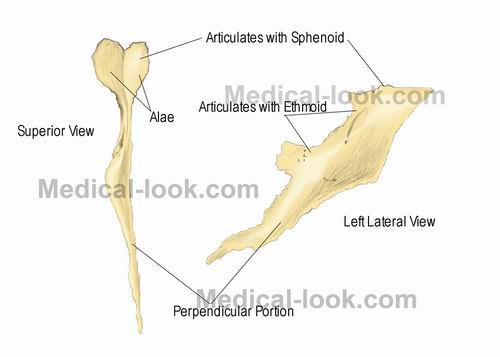 One of only two bones in the face that is a solitary bone, lacking an identical, opposing bone on the opposite side of the face. Forming the lower section of the septum, this bone is flat and nearly paper thin. |
|
Vomer (Locate Bone on Skull) |
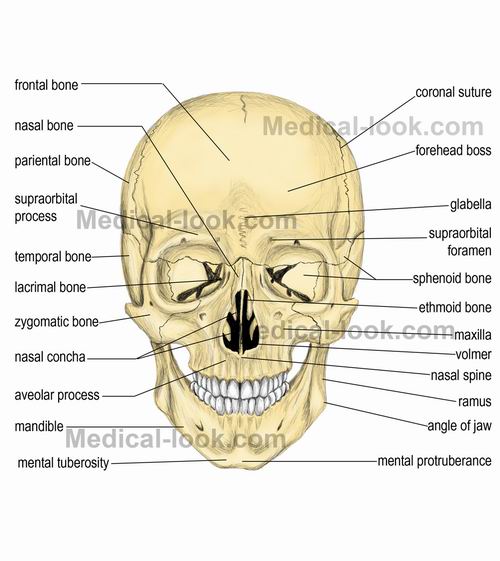 A |
|
Mandible
|
 The largest of all the facial bones and is the only bone of the facial bones that has the ability of movement. Design to hold the 16 lower teeth that align with the 16 upper teeth supported by the skull. |
|
Mandible |
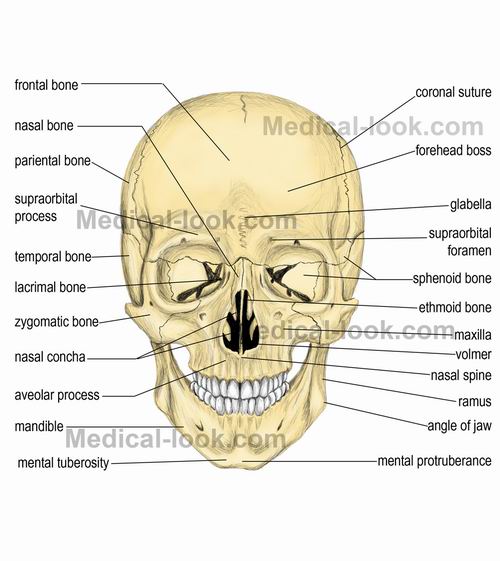 A |
|
Hyoid Bone
|
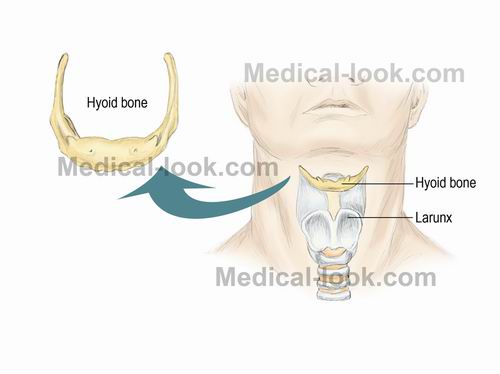 A very unique bone, solitary in design, and is the only bone in the human body that does not attach in any form to any other bone. The hyoid bone is located below the mandible and is suspended in the neck by the styloid process, which is part of the temporal bone, as well as the stylohoid muscles and ligaments. |



